HP Personal Systems President Coughlin On The Growing PC Business, Why HP Is Taking Share From Apple And The 'Massive' Device-As-A-Service Shift
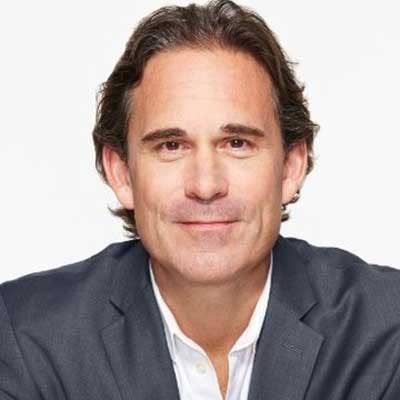
Driving Sales Growth And Beating Apple With Better Products
HP Personal Systems President Ron Coughlin, who is receiving plaudits for delivering what partners say is the coolest and most stylish product portfolio in the PC business, spoke with CRN about HP's big market share gains in the first quarter.
HP was the only major PC vendor gaining first-quarter shipment share in the U.S. market, beating Dell, which finished second, Lenovo, which finished third, and even Apple, which finished fourth, in the PC market share battle, according to market researcher Gartner.
Coughlin, who spent four years as a chief marketing officer with PepsiCo before coming to HP, says one of the secrets to beating Apple has been HP's ability to listen to and "understand customers" at a level that is not "normal" for the PC industry.
"If you look at Apple innovation it hasn't been keeping up with what customers are looking for," Coughlin told CRN. "That is why we are gaining share."
Coughlin spoke with CRN about the company's stellar first quarter results with 10 percent sales growth, why HP is taking share from Apple, and the massive device-as-a-service shift.

What stands out when you look at HP's quarterly results in the U.S. PC business?
The number one message is this business is growing again. The category is actually much healthier than people thought when you look at it from a revenue standpoint because there is positive mix shift towards premium devices, gaming devices and commercial mobility. It is a much healthier category than people are talking about. Against that backdrop, we have been gaining more share than anyone else. We gained 1.7 share points this past quarter, 1.8 share points in the prior quarter, 1.7 share points in the prior quarter. So we are averaging about 1.7 share points per quarter. We extended our commercial share leadership. Consumer is on fire – 15 percent growth in our consumer business. At the same time, we have significant double-digit growth in commercial mobility. In retail point of sale we continue to win large scale customers.

How is device-as-a-service catching on?
Device-as-a-service is our other growth initiative. We started talking about it at this event last year and rolled out a program at the Global Partner Summit in November, and we already have a scale pipeline from our channel partners. They are starting to close deals as evidenced by NWN (honored the HP Executive Forum for its first channel-led device-as-a-service win).
Foundationally you have a macro trend of businesses going to as a service – PCs and mobile devices have been a laggard in that. But what we know from our research is two years ago 20 percent of commercial customers said they were interested or actively deploying device as a service, last year 40 percent and this year 50 percent. The shift is massive. It feels similar to what we saw in print where the market just started tipping towards managed services. In this instance we don't have to build it from scratch because the managed print services guys already built it.
We have folks like Bill (Avey, general manager and global head of HP Personal Systems Services) who have spent the last eight years in the managed print services business. We have infrastructure as well as know how that we believe puts us in an advantage position versus the rest of the PC competitors.
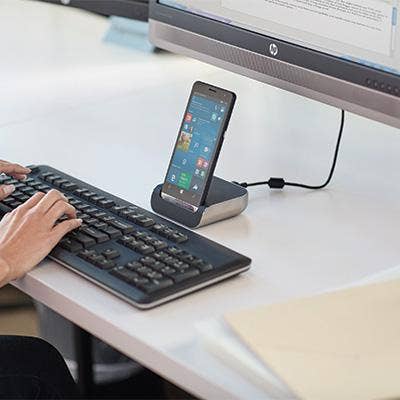
How big is the device-as-a-service pipeline for HP?
The pipeline is now scale and is significant enough that it could move the entire financial picture for HP's Personal Systems business.
From a total device-as-a-service standpoint, we are ahead of where I expected us to be. From a channel standpoint, we just launched Nov. 1. A year ago people were asking – 'Do I really want to do that and partner with you?' Now everyone is saying – 'I am deploying. I have 60-70 bids out there.' We are closing deals. Partners are figuring out which of our offerings they want to build their own (device-as-a-service) offering. It is a very different discussion than it was a year ago. It is about how fast do we start closing deals and not if, or do we partner.
Importantly this is not just PCs to us. This is PCs, mobile devices, retail point of sale. Anything we will sell we will sell as a service motion.
We have, for example, have Coffee Bean & Tea Leaf as an RPOS (retail point of sale) as a service today.
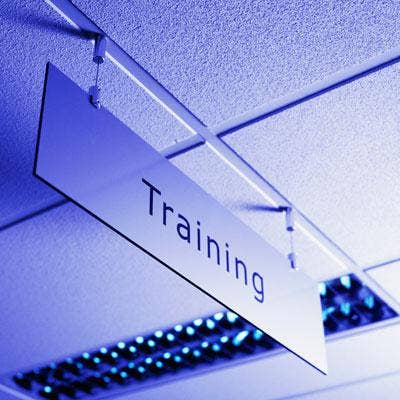
Have the device-as-a-service workshops been successful with partners?
Usually, we deploy a program, and it is: 'use it or don't use it.' In this instance, we are doing the hard work to grind it out. What happens is partners have different needs: some have financing they are using, some do not; some have analytic tools they are using, some do not; some might have asset recovery, some do not. It is figuring out how we supplement what partners are doing. When we first started talking to partners, they were afraid we were looking to replace them or compete against them.
What is the difference between early days of managed print services versus managed device as a service?
When we first launched managed print services a decade ago. it was a direct motion. So the channel partners were right to think it might be competitive. We have been clear since minute one we would not compete with partners. This is very, very important point ... The person that I hired to run device as a service (Bill Avey (pictured) – general manager of Personal Systems Services) is the person that build channel MPS (managed print services) – Not direct MPS, channel MPS.

Do you have a signature device-as-a-service win yet?
There was a device-as-a-service win where we knocked Lenovo out of a key manufacturing client. This is very difficult stuff to do. For certain competitors, this is going to be particularly difficult to do. Some competitors are more used to working in this environment. It is a powerful tool for us to take share.
The difference between this and managed print services is we were going head on into the copier model, and they had been doing it for many years. We were building what the copier companies had built for many instances in terms of managing clicks. In device-as-a-service, the PC players haven't had this capability. So we get to greenfield it and ideally run ahead of the pack by leveraging the MPS infrastructure.

How much more profitable are the device as a service deals for partners and HP?
Roughly 20 percent of the value in the PC ecosystem is the hardware. So when you deploy a PC for a customer beyond the PC, there are services that go along with it, and we are only participating in the hardware today because there is internal IT that is managing those PCs. So you take the total cost of ownership of the PC, and only 20 percent of it is the PC. So you get a significant TAM (total addressable market) expansion, and we think we can offer a better customer service because we'll have a leveraged infrastructure versus every customer standing up their own IT support system.

What do partners need to do to get to device-as-a-service faster?
A workshop is the foundational exercise necessary to build this. The second thing is partners need to take a long-term view. We have made massive progress in our toolset, built out in the last nine months. Don't assume what we have today is what we are going to have two years from today. We are going to have even more robust tools. What I don't want to run into is two years from now our tool set is 3X as robust and a channel partner today made a decision not to work with us and later says – 'I am losing share because you are enabling other folks with this best-in-class device-as-a-service offering.'
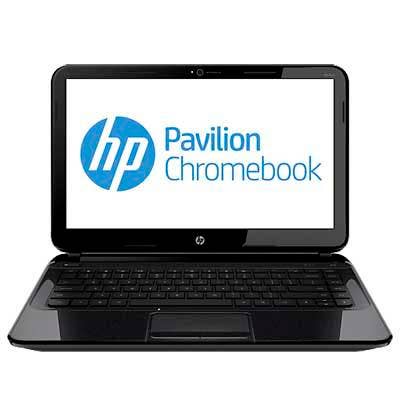
How is the premium PC market going?
We're seeing double-digit growth in premium. We are seeing Net Promoter scores comparable to Apple for the first time. Now that Windows 10 is a much better operating system than Windows 8, we are able to take share from Apple. Look at the price/feature value for an Apple device versus ours, and we are preferred in many instances.
The trade-offs and decisions they (Apple) are making are not customer grounded. If you go to a customer, 40 percent of customers prefer a convertible. Why then just offer a clamshell? Customers prefer touch. Why would you do a touch bar when you can do a full touch? Customers prefer zero bezel. Why would you not provide that?
If you look at Apple innovation, it hasn't been keeping up with what customers are looking for. That is why we are gaining share.
My kids are going to middle school, and the principal told everyone that if they need a PC for your kids just buy a Chromebook – 'They are low priced. They work great.' That would have been Apple territory 10 years ago.
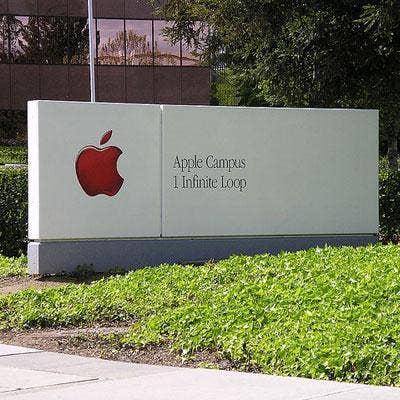
What is the secret to winning against Apple?
What we have done is merged packaged goods insights with HP's traditional, amazing engineering and product management prowess.
We can understand customers at a level that is not normal for the IT industry. I think that is our special sauce.
(HP CEO) Dion (Weisler) and I have complementary views of segmentation. He thinks of market segmentations, price band segmentations, country segmentations. I was trained in user segmentations in the packaged goods industry. Those are very complementary.
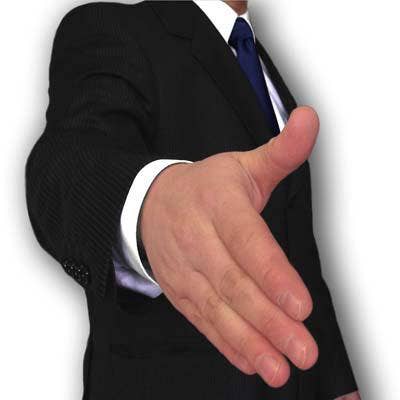
How important was the consumer packaged goods experience for you?
You understand customers needs and their unmet needs. A retiree's needs are going to be very different than a millennial's needs. When you get under those, then you can provide the right devices versus one size fits all.